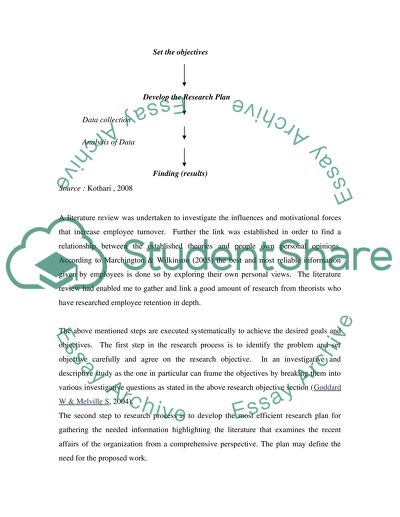Cite this document
(“Employee Turnover Dissertation Example | Topics and Well Written Essays - 2000 words”, n.d.)
Retrieved from https://studentshare.org/other/1429555-employee-turnover
Retrieved from https://studentshare.org/other/1429555-employee-turnover
(Employee Turnover Dissertation Example | Topics and Well Written Essays - 2000 Words)
https://studentshare.org/other/1429555-employee-turnover.
https://studentshare.org/other/1429555-employee-turnover.
“Employee Turnover Dissertation Example | Topics and Well Written Essays - 2000 Words”, n.d. https://studentshare.org/other/1429555-employee-turnover.


